The great cycle of the ancient Mayan calendar has ended in 2012. How does the story continue? Will the oceans collapse? Will the sky fall as the last tree is cut?
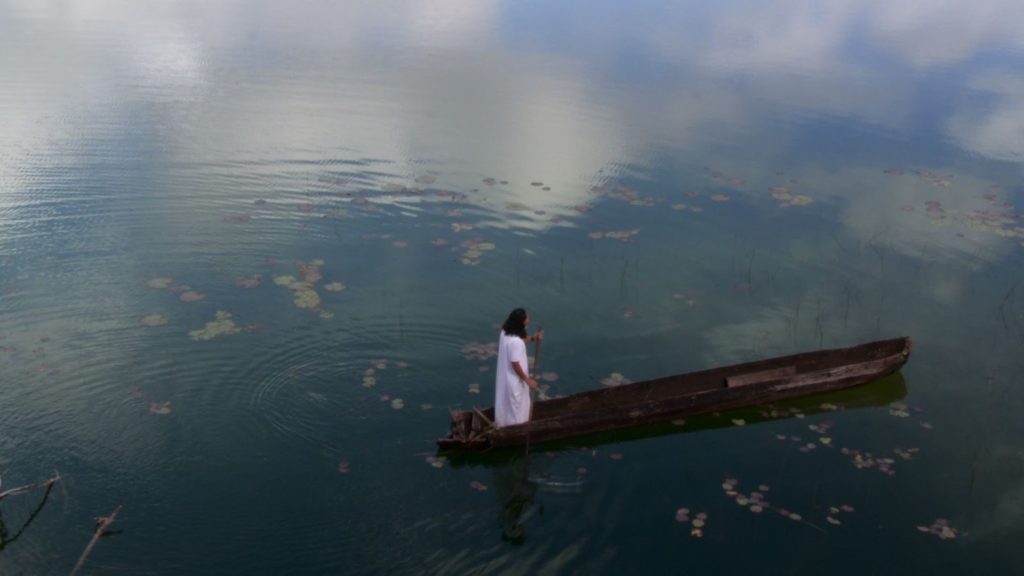

Documentary on the Maya: A New Cycle for a Threatened Earth
The remote homelands of the present day Maya in Mexico and Guatemala illustrate in perfect microcosm how unhindered globalization destroys the earth and indigenous cultures, how multinational corporations, feeding the whims of industrial society, exploit their natural resources.
httpvh://youtu.be/4d4X6SOsgBs
Heart of Sky, Heart of Earth, a documentary on the modern Maya confronting an industrialized world.
Heart of Sky, Heart of Earth presents another worldview, following six young Maya into their daily and ceremonial life, revealing their determination to resist the destruction of their culture and environment. They put forth a wholly indigenous perspective in their own words, without narration. Each touches upon a facet of the current global crisis. Beautifully filmed, the intimate accounts and experiences of the protagonists interweave with images associated with the fragile beauty of nature and the sacred creation myth of the Popol Vuh.
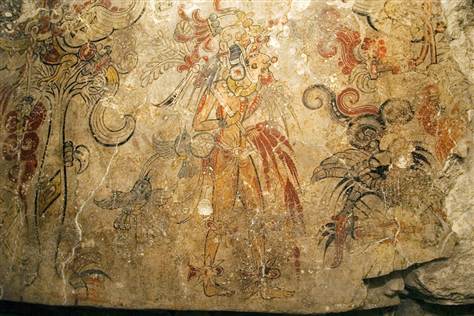

The Life of Contemporary Maya, Keeping Alive an Ancient Culture
The stories and the cosmovision of the Mayan protagonists are juxtaposed with our shortsighted exploitation of the Earth.
Chan K’in is studying to become possibly the last shaman of the Lacandon Maya, living amongst ruins of an ancient city and what was formerly the largest and most biodiverse rainforest in North America, now reduced to an island of green in a sea of cattle ranches.
The Mayan astro-archaeologist Alonso is obsessed the way his ancestors were obsessed: with time and space. Working among the majestic ruins of Palenque, he draws the parallel between the collapse of the classical Maya, the coming end of the “long count” and our impending ecological collapse.
Two new studies examine the reasons for the collapse of the Mayan culture, finding the Mayans themselves contributed to the downfall of the empire. Scientists have found that drought played a key role, but the Mayans appear to have exacerbated the problem by cutting down the jungle canopy to make way for cities and crops, according to researchers who used climate-model simulations to see how much deforestation aggravated the drought. -Wynne Parry, “LiveScience”
After the brutal gang rape and murder of her aunt by the army, Flori had to flee the genocide as a little girl in Guatemala where a quarter of a million Maya were assassinated. Now she is returning to her native village, where half of her family was murdered, to organize her people against the Canadian gold mine poisoning their children, their environment and resurrecting the terror.
According to Rights Action, Montana Exploradora, a subsidiary of the Canadian company Goldcorp Inc, has been exploiting natural resources, particularly gold, in the highlands of San Marcos, Guatemala, since 2005. The people of San Marcos have been suffering the daily effects of the mining project, including water contamination, earth subsidence, and political oppression. High concentrations of copper, nitrates, aluminium, manganese and, in particular, arsenic were noted in the Quivichil and Tzalá rivers at points located downstream of the mine’s wastewater reservoir and at some river sources, drinking water for the local population.
Felipe became a Guatemalan spiritual guide dedicated to the ceremonies of his Mayan ancestors to save, first himself from drug addiction and then to heal his people and help the survivors of the genocide close the “circle of pain”.
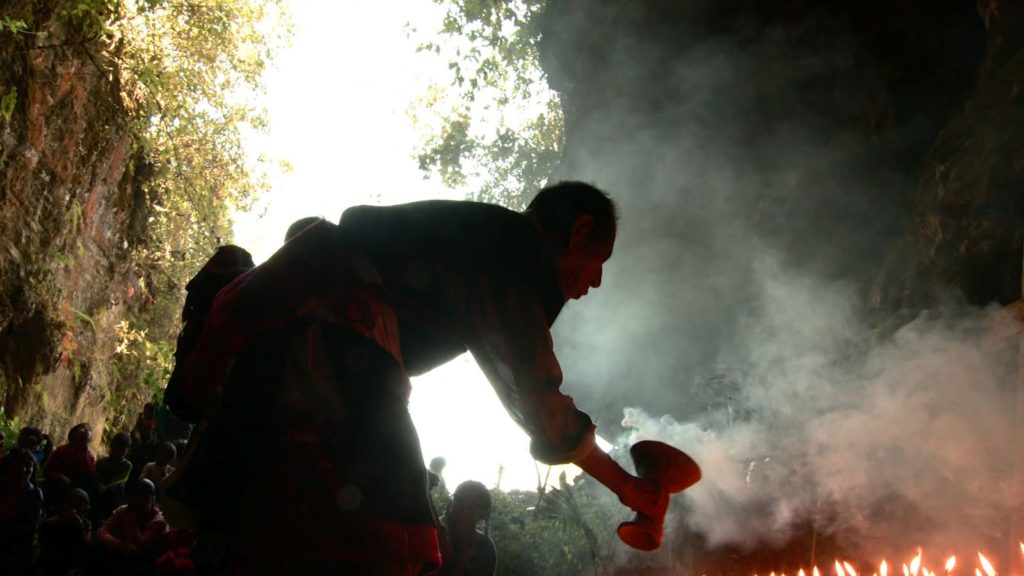

The tzolkin is a cycle of 260 days that consists of 20 days and 13 numbers. Few, if any, of these 2012 related interpretations actually take the contemporary highland Maya use of the calendar into account. During the 1970s and 1980s the ethnographer Barbara Tedlock was trained and worked as a daykeeper (ajk’ij) and learnt the way the tzolkin (chol k’ij) is used in the K’iche community of the municipality of Momostenango in highland Guatemala. Daykeepers cure the sick, introduce newborn children into the world, arrange weddings and funerals, perform ceremonies for the dead and local plantation and harvest rituals according to the tzolkin (Tedlock 1992:36). From Johan Normark in “Archaeological Haecceities.”
HEART OF SKY, HEART OF EARTH combines the intimate accounts and the political presence of the Maya using exquisite imagery, music and dreamlike sequences. The film bridges the gap between the ancient Mayan creation myth, the Popol Vuh and the crises of today, from the haunting ruins of a fallen civilization to the ceremonies of today’s Maya, from their spirituality to their spirit of resistance.
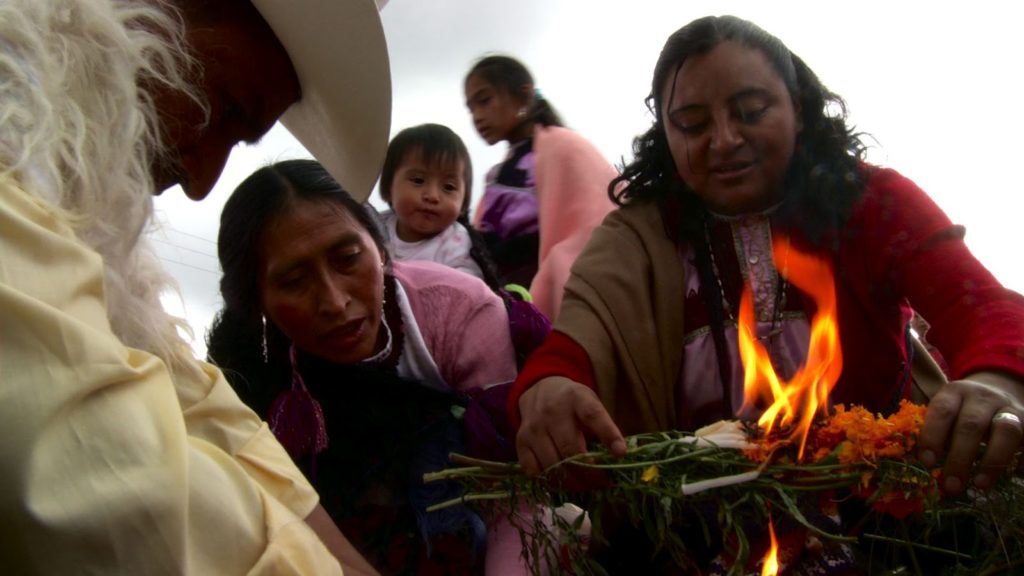

Where the west has focused on the end of the world, they understand their calendar not as an inevitable prophecy, but as the closing of a circle, as a way to a new beginning. A moving and haunting film with a deep respect for the Indigenous. Their call is not just for control over their own lives. It is a last call to save the Earth.
With Josefa “Chepita” Kirvin, Floridalma Pérez Gonzalez, Carlos Chan K’in Chanuk, Kajkan Felipe Mejía Sepet, Alonso Mendez, Don Antonio Martinez, Gregoria Crisanta Pérez, Maudilia Lopez Cardona, Comandante David, Jerónimo.
Written and Directed by Frauke Sandig and Eric Black // Camera: Black // Directors’ Assistant: Florina Mendoza // Editor: Grete Jentzen // Additional Scenes: Silke Botsch// Line Producer: Brigit Mulders // Sound Design: Dirk Jacob // Soundmix: Martin Grube // Music: Arturo Pantaleón, Götz Naleppa, Zoe Keating, Sak Tzevul, José Luis Vaca “Chelo”, Grading & Post Production: Matthias Behrens, wave-line // Commissioning Editor: Nicole Baum.

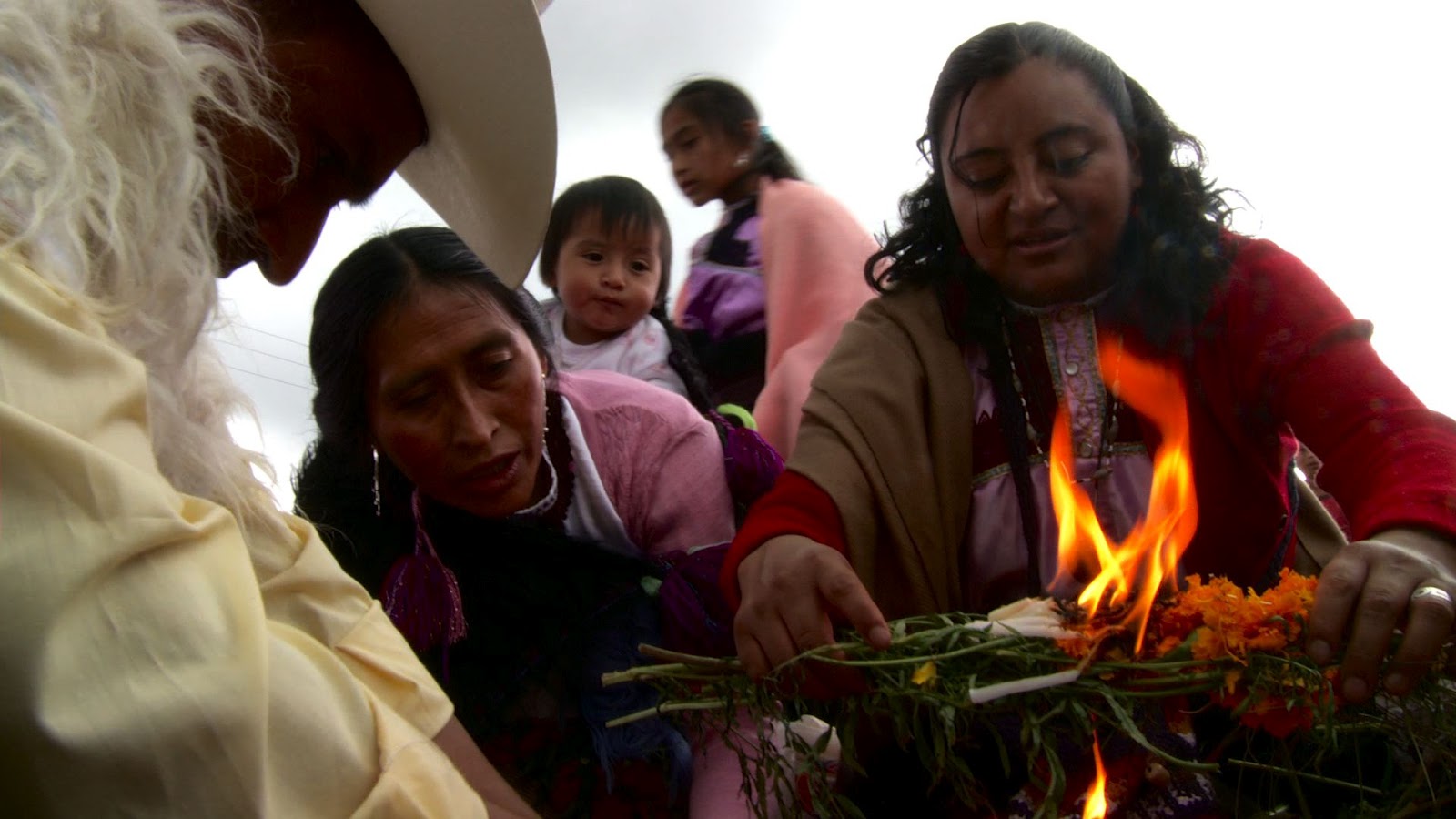


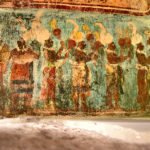
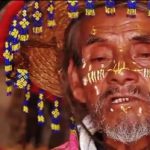
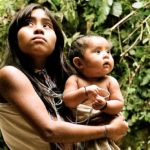
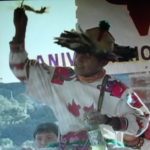
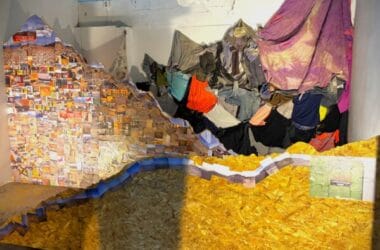
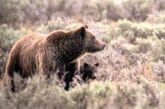




Pingback: New Evidence of Ancient Child-Trafficking Network Unearthed in Maya Sacrifice Cave | Collectors Weekly